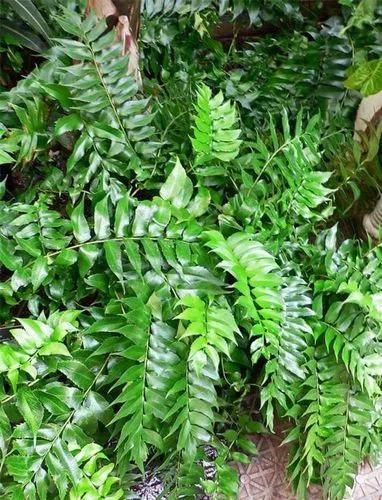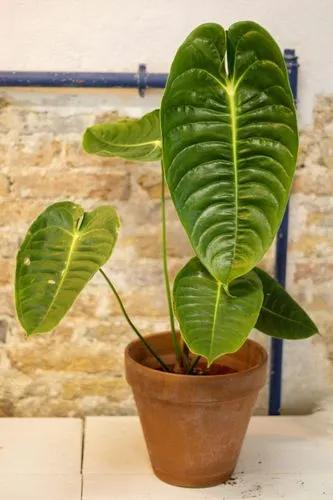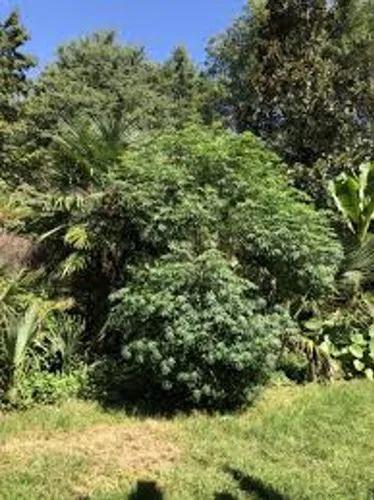Calidora' upright elephant ear is a cultivar with very large, attractive, tropical-looking leaves. The plant will grow 5-9 feet tall in a vase shape with arrow-shaped ribbed leaves that can become 6 feet long and 3 feet wide.
Calidora Elephant Ear (persian Palm) Care
alocasia calidora



How to Care for the Plant

Water

Keep Alocasia plants moist all year; they are water-loving plants. There is a fine line with these plants. You want to keep the soil moist, but not soggy. They require less water during the winter months because the plant is dormant. Allow the top few inches of soil to become nearly dry before watering. This will help keep the soil evenly moist. Soggy soil makes the plant susceptible to fungal infections.

Fertilizer

Alocasias can be heavy feeders, especially large specimens. Feed with liquid fertilizer during the growing season or frequent, small applications of granule fertilizer.

Sunlight

Needs vary from shade to full sunlight, depending on the variety. Ask the grower or seller if the plant is sun-trained. Leaf color tends to be better among plants that grow best with more light.

Soil

Plant elephant's ear in loose, well-drained potting mix or crumbly loamy soil.

Temperature

Elephant ear plants will suffer below 60 degrees Fahrenheit. Some varieties will die back during colder weather and re-sprout from the rhizome. They require, and thrive in, very humid environments. To raise the humidity around your plant, place it on a tray filled with pebbles and then add water until it rises to just below the bottom of the pot. Keep them away from cold drafts from windows, doors, and air conditioning.

Additional

Alocasia is a very poisonous plant; the leaves contain insoluble oxalate crystals. A human or pet chewing or biting into a leaf releases the crystals which can cause swelling and irritation of the mouth and GI tract. Very rarely, extreme swelling of the upper airway can occur making it difficult to breathe. Keep the plant away from children and pets and call poison control, your doctor, or veterinarian if a person or animal ingests a plant leaf.

Popularity

396 people already have this plant 59 people have added this plant to their wishlists
Discover more plants with the list below
Popular articles






